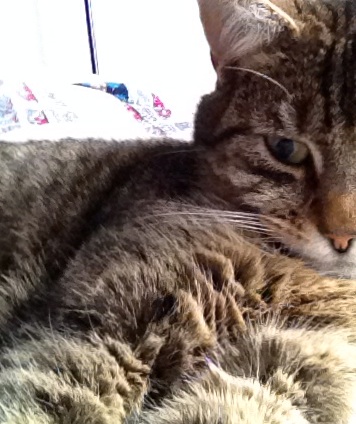There’s more than one way to skin a cat
This means there is many ways of achieving something. The phrase was probably first used in the Southern US states, and because of this it is though the phrase refers to a catfish, which is skinned before eating, as these fish were often eaten there.
Not enough room to swing a cat
This phrase describes a very small space. It means a cat o’ nine tails could not be used in such a confined space, and not a real cat.
The cat’s pyjamas
Something that is very good, or sometimes good and new. This possibly originated E.B Katz, an English tailor from the 1700’s, who made the finest silk pyjamas for royalty. Another explanation is it came from the 1920’s, when the word ‘cat’ was used to describe the flappers, and pyjamas were quite a new fashion. Combined, the phrase described a new, exciting thing.
A dead cat on the line
When something suspicious is going on, there is a ‘dead cat on the line’. This actually refers to fishing for catfish. The lines they were caught on where checked every day, so if there was a dead catfish on the line, it meant something was wrong as the line had not been checked.
Glamour puss
A very beautiful person. The phrase originated as ‘glamour buss’, as ‘buss’ is an old word for the face, and in particular the lips. Over time it began to be pronounced as ‘puss’, and is now see as reference to a cat’s beauty and poise.
These two aren’t sayings but they’re not to do with cats either…
Cat o’ nine tails
It is often said that the origin of the name of this whip came from it being made from cat hide. This is unlikely, however there are many suggestions as to the real reason for its name.One suggestion is it was made out of cat gut (see below). Another is that it left scratches on the backs of people who were punished with it that looked like a cat had scratched them. Some say because it had 9 tails it became a ‘cat’ because this number was already associated with cats (cats have 9 lives).
Catgut
This is used as a description for the strong cord violin strings, and other things, are made of. The word originated from the translation of the German word ‘Kitgut’, describing the material used for the strings of a ‘Kit’, a small fiddle. Another suggestion is that it came from a shortening of ‘cattle-gut’, as the cord was, and is, made from the intestines of animals such as cows, pigs and goats. It has never been made from cat intestine, though.
